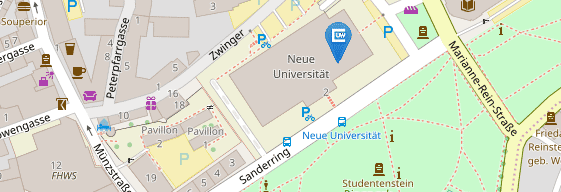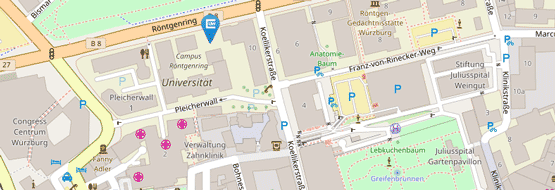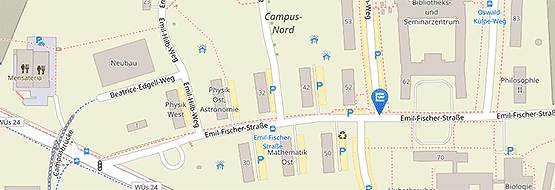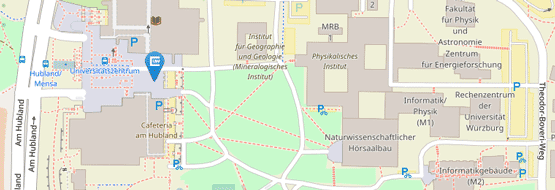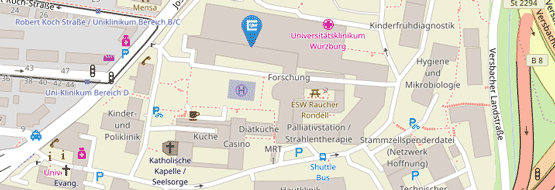Writing Contest Exhibition
We are pleased to present the contributions to this year's Writing Contest!
The Ankyrin files
by Omkar Rajendra Valanju
The case was filed "The Axon Initial Segment," but I called it: The VIP Lounge. My client was a young neuron, willing to function normally. "Incorrect wiring job," my colleagues claimed. But I knew better. This wasn't a wiring problem but a guest list problem. My target: Ankyrin, the alleged "anchor".
During interrogation he cried, “I am not just a static anchor. I am the doorman, the matchmaker, and the party planner.” This was a protein with an ego. Intriguing me.
He claimed to be “untested”, just a new kid on the block. He talked about "orphaned proteins, getting tagged with ubiquitin and being left to perish”. To survive, he learned the ropes quickly: connections, timing, and the right "chemical outfit." It all boiled down to, ‘only the WORTHY get in’.
Initiating my espionage at my client’s club's entrance, the ‘N-terminal domain’, I noticed two velvet ropes, and a line of proteins (including ion channels, cell adhesion molecules (CAMs), and transporters) all vying for their necessary spots while a now mature Ankyrin ran the show inside. The club’s rules were complex, the bouncers didn’t let anyone in, unless groomed wisely.
I was scratching my head for weeks until one day, my informant, a peptide microarray, tipped me off. It was always right there, hiding in plain sight. A tell-tale pattern showing that CAMs had a secret entry requirement. Eureka! Without their phosphorylation stamp, they were turned away. With it, they slipped past security and anchored firmly, becoming part of the club’s inner
circle.
In all my years, I'd never heard of or seen phosphorylation of a CAM. All the evidence pointed to the sodium channels and their "phosphorylation tattoo," but in the end it was these phosphorylated CAMs which helped my client restore normalcy.
Contradictory findings
by Magdalena Hoffmann
I tested the inhibitor piceatannol on larval tissue of the parasite Echinococcus multilocularis. The inhibitor had already strongly reduced the number of stem cells. It had also darkened the medium compared to untreated parasite tissue.
Consequently, we expected the inhibitor to slow or halt the formation of new parasite vesicles within the primary cell isolates. Reduced vesicle formation was an established marker for the inhibitor ́s potency and it was routinely tested. But in my case, the effect was contrary to what we had
expected. We counted an increased number of newly forming vesicles which seemed to contradict the previous findings. We could not bring this into line with what was usually observed.
Repeating the inhibitor assay and performing a cell viability assay finally cleared up the confusion. Primary cell isolates treated with piceatannol showed reduced cell viability. This led to the conclusion that the number of newly forming vesicles could no longer be used as a marker for parasite growth. It could be a stress reaction as well. Sometimes even established parameters can and should be questioned so that contradictions no longer remain contradictory.
Not Without My Daughter Cell
by Samuel Carien
Starring : Mona Aeruginosa, Stephie Lococcus, A. McRofage, Fy Cassie, Phil Eosino, and Phil Neutro, ...
In this tale inspired by a true story, the director immerses_us in an intimate tragedy: the painful separation of a mother cell and her daughter (interpreted by a rising star under the pseudonym Mona Aeruginosa). Assisted by a member of the staff, Elio Coccus, and her sharp T6SS, they desperately try to ESKAPE from Celline, a merciless and natural killer, pursuing them.
The kidnapping scene by McRophage, excruciating and
heart-pounding, will certainly lead this movie to win the next Grammy Positive Award in 2026. If you cried over Saturday Night Fever, there is no doubt you‘ll succumb to this story.
October 9th - on all your Blood-Streaming Platforms
A PhD is a lot like life
by Björn Wecklein
Much like life, every PhD project is unique with its own set of challenges and obstacles. Even though researchers might work on similar projects, they are likely to approach them completely differently, depending on their personal skillset and what they’re comfortable with. It’s all about trying to move forward without knowing if you can actually make it to the top, but there’s beauty and satisfaction to be drawn from the struggle. A sense of accomplishment with every idea, experiment and result. It’s a reminder that we are capable of more than we think, that even if things seem impossible, the reluctance to stop paired with the willingness to learn from failed attempts makes us find our own personal way towards achieving our goals.
Sometimes all you need is a little detour, a small diversion from the established path, a venture into the unknown with curiosity and confidence.
From Misleading Data to Meaningful Discovery
by Ruilan Xu
As a beginner in science, I found it amazing how many databases are available to us. It feels natural to trust them—after all, experts have already summarized and organized so much information. Why not just use what’s there?
But two years ago, I attended a presentation by a PhD student that completely changed my perspective. He shared how he couldn’t graduate on time because his genetic construct didn’t work. After much troubleshooting, he discovered that the gene he was trying to modify had been misannotated in the database due to contamination from bacterial sequences. Instead of finishing his original project, he ended up publishing a paper on genome misannotation.
This really surprised me. I had assumed that genome sequencing techniques were already well-established. But as I looked deeper, I realized that misannotations can happen for many reasons and in any database. At the same time, I discovered there are many researchers working on improving genome assembly and annotation accuracy.
That experience taught me three important lessons.
First, be aware what you're working with—in science, small changes can lead to big differences.
Second, be critical—even official sources can be wrong. Questioning information sharpens your thinking and helps improve the overall quality of research.
Third, don’t get over upset when things go wrong—unexpected problems can sometimes open the door to new and valuable discoveries.

